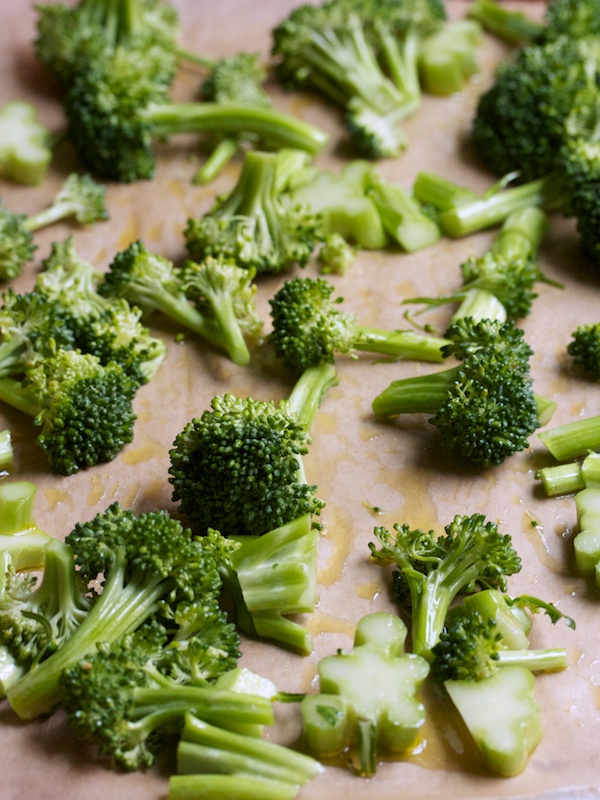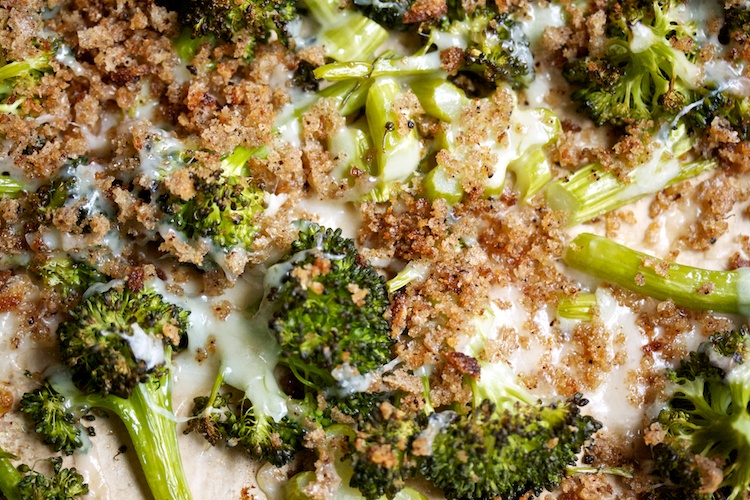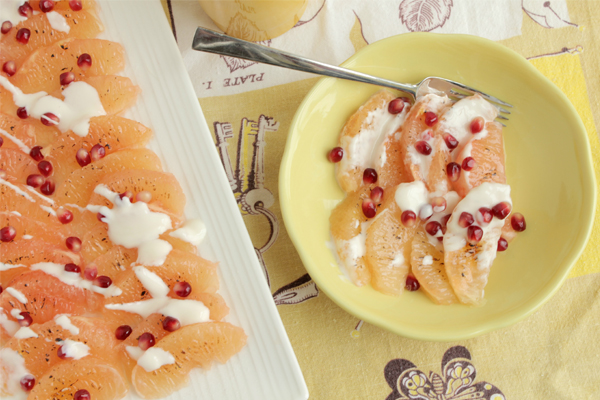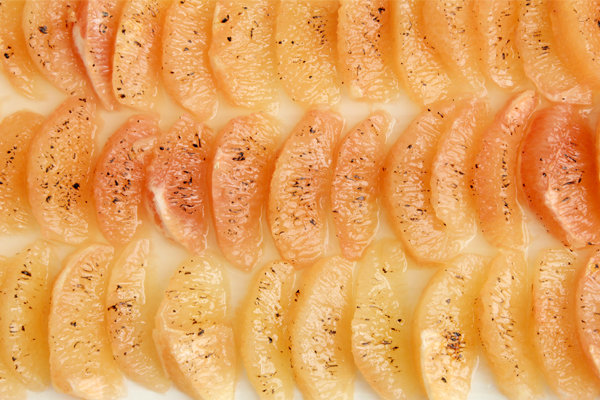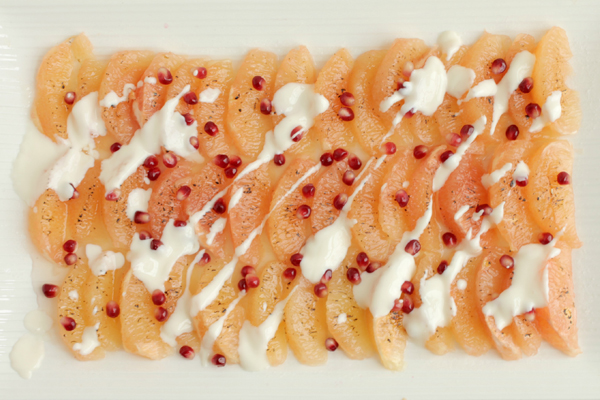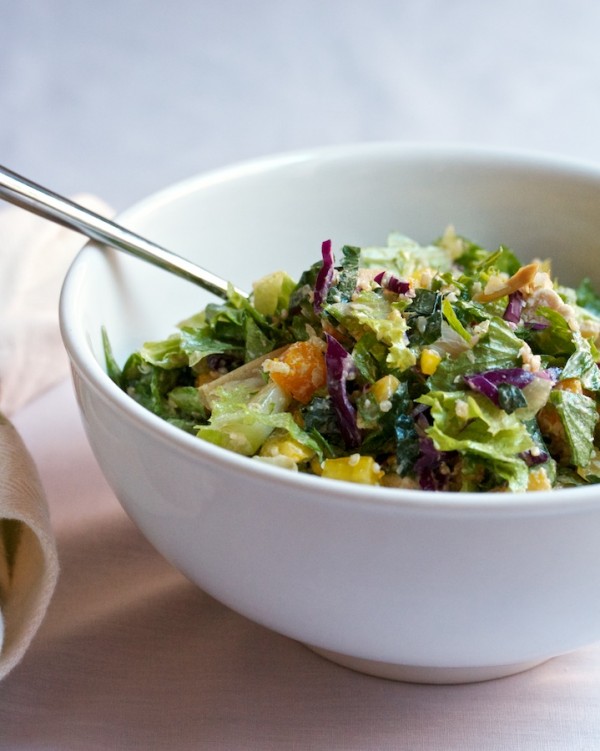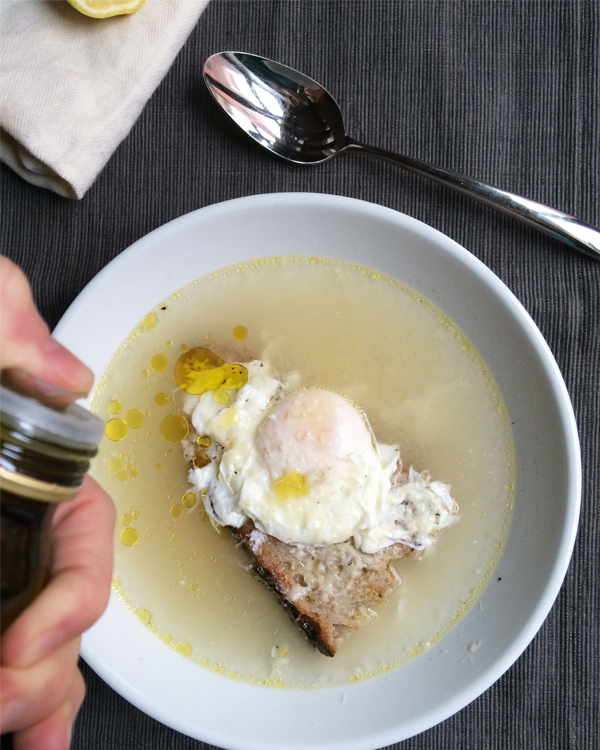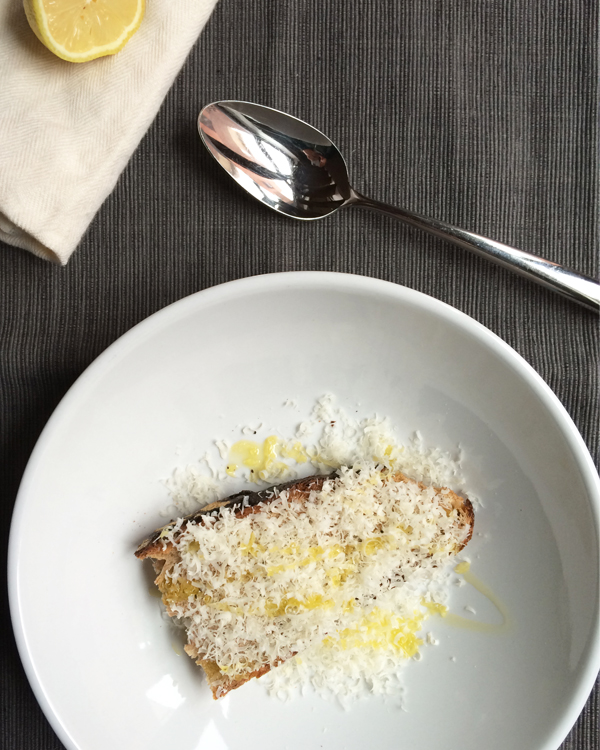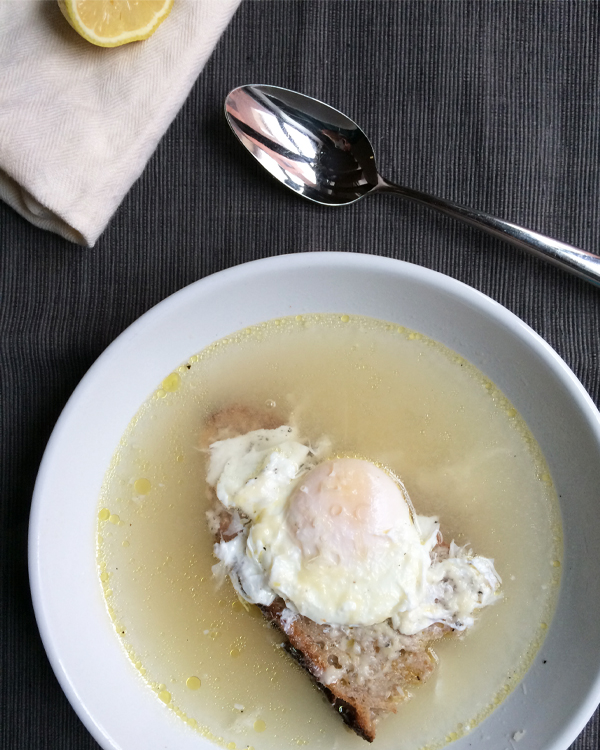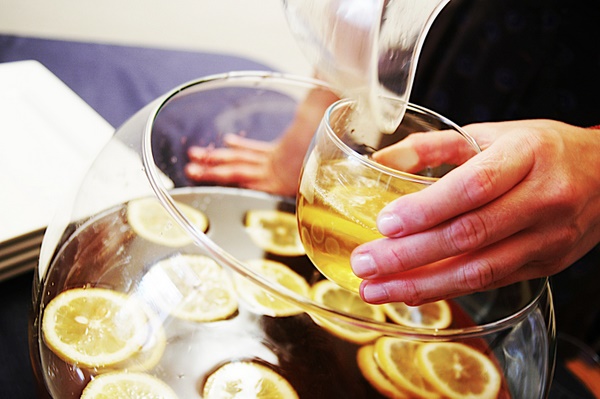Whisper the word “detox” to me and watch as an immense, unexpected desire for French fries gathers steam. This reaction happens at all times of year, but I mention it now, in January, because you’re probably hearing a lot of mutters about “healthy” and “detox” and “cleanse” and then, like me, running in just the opposite direction.
Still, there are eras of overindulgence, and, after those months, I want food that’s simple and light. This appetite shift is natural, obvious, and far less intense than the contrarian fry craving. (To note: I have no problem with French fry cravings when they’re genuine, I just dislike the rebellious ones.)

But since I last about one day on substances like salads with lite dressing, overpriced juices, and low-carb anything without getting mad and contrarian, light food now means this nourishing and comforting soup. I’m not the first to rely on this slow-cooked rice, or its starchy brethren, for comfort and health. Whether you call it congee (China) or risotto (Italy), the stuff is delicious and life-affirming: my kind of detox.
In Thailand, kao tom appears at breakfast-that’s where Alex and I first tasted, and adored, bowls of the gruel. Now, I make rice soup for any of the three meals. Since we returned from the trip two years ago, I’ve experimented with recipes, and recently, I hit on a flexible version that tastes right and isn’t too complicated or ingredient-rich to make on the regular. (I owe a lot to this recipe.)
To make rice soup, you need to make two elements: cooked rice and homemade stock. I try to have both ready ahead of time so that rice soup itself takes about 15 minutes start to finish.
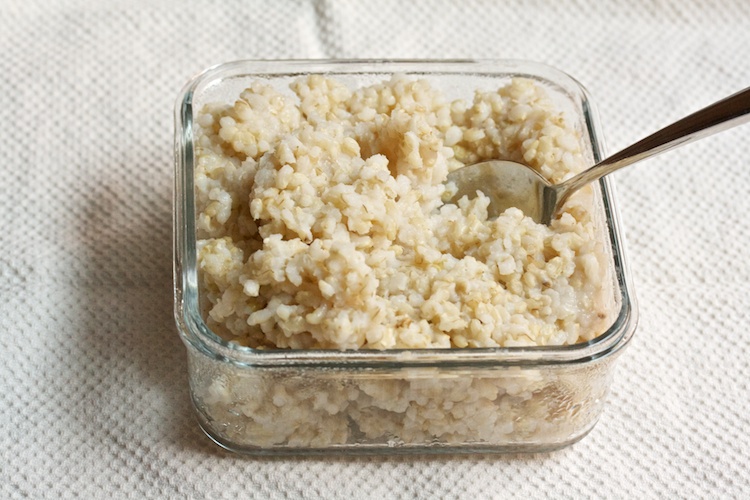
Instead of fluffy rice with sought-after separated grains, you want the rice for rice soup to be soggy and clumped together from being cooked in three times as much water as usual. The water-logged grains are both starchier and thirstier, and they combine with the broth to make a thick, unified soup. I make a cup or two of rice around the same time I brew the stock. Then, I cook the soup itself fresh when I want it, in portions for one or two. At first, I used only white rice, but recently, I switched to brown.

I know that cooks pressed for time and space don’t want to hear about homemade stock, but this soup is not the same without it. In fact, these days, I make stock almost every week, and as soon as I made simmering a practice instead of a chore, I began to cherish the process. For this soup, you don’t need the pot going all day: I make a light broth quickly, so the chicken meat doesn’t dry out too much, and I keep the vegetables to a minimum, so there’s barely anything to buy, wash, or chop. Store the soup in quart jars and you can eyeball the pour when you make kao tom.
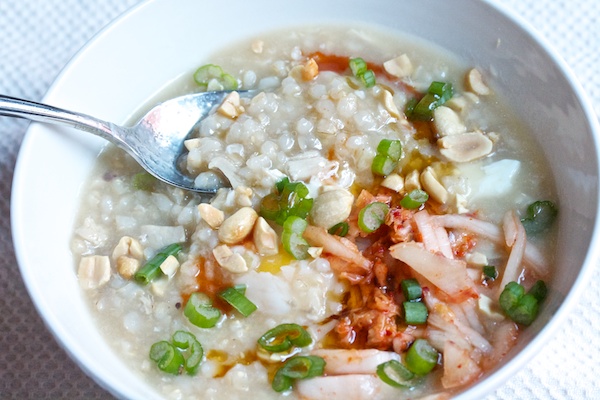
As for the soup, now’s why I tell you how good it is. Grated ginger, garlic, and soy sauce turn neutral rice and stock into a punchy base for a poached egg whose yolk will thicken the broth when you crack it and eat, making the mixture truly filling. Chicken, salvaged from stock-making, helps with that too. Then, it’s all about the toppings: sesame oil enriches, kimchi brightens, peanuts lend texture, and Sriracha warms. One bite, and you’ll feel better. One bowl, and you’ll be pretty sure you can conquer the world. And how healthy is that?
